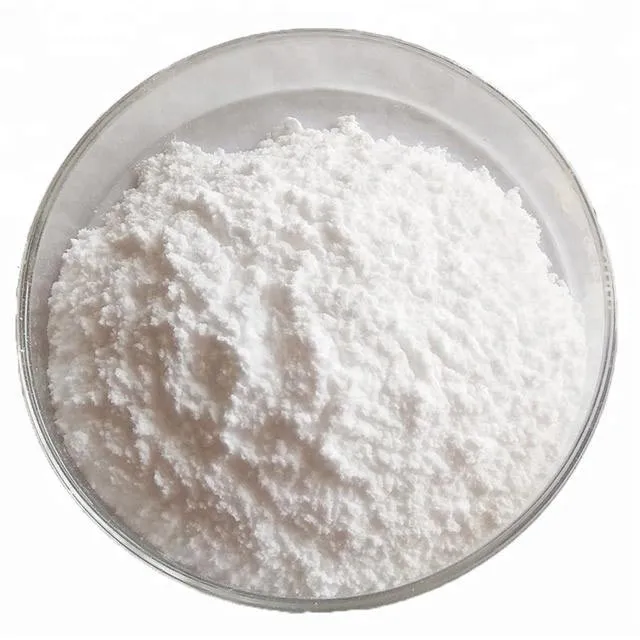
Hydroxypropyl Methylcellulose Acetate Succinate—Top Enteric?
What HPMCAS Really Does in the Real World (and Why Teams Keep Choosing It)
Hydroxypropyl Methylcellulose Acetate Succinate is one of those excipients that quietly saves formulation projects. It’s a semi‑synthetic polymer—cellulose backbone, tailored with acetate and succinate groups—that shows up in enteric coatings and amorphous solid dispersions (ASDs). I’ve seen teams try to replace it, then circle back because, to be honest, the pH‑triggered release window and film integrity are hard to beat.

Industry pulse
Two trends are driving demand: more BCS II/IV APIs needing solubility boosts, and cleaner enteric systems for combo products (especially where gastric protection matters). Many customers say they want predictable dissolution at pH ≥5.5, solvent flexibility, and robust regulatory coverage. Hydroxypropyl Methylcellulose Acetate Succinate ticks those boxes, surprisingly without much fuss in scale‑up.
Quick technical specs (lab reality)
| Appearance | White to off‑white powder |
| Grades (typical) | LF (dissolves ≈pH 5.5), MF (≈pH 6.0), HF (≈pH 6.8) — real‑world use may vary by API and plasticizer |
| Viscosity | ≈50–400 mPa·s (method dependent); verify per USP/JP |
| Acetyl / Succinoyl | ≈6–12% / ≈4–20% (w/w), grade dependent [1][2] |
| Moisture | ≤5% (loss on drying), typical |
| Particle size | D50 ≈50–150 μm (customizable milling) |
| Tg | ≈120–140°C |
Process flow (how it’s made and qualified)
- Materials: cellulose ether (HPMC), acetic anhydride, succinic anhydride, catalysts, solvent system.
- Methods: controlled esterification → neutralization → washing → drying → milling/sieving.
- In‑process controls: substitution levels, residual solvents (ICH Q3C), viscosity, bioburden.
- Release testing: ID (IR), assay for acetyl/succinoyl, pH dissolution profile (grade), residue on ignition, heavy metals per pharmacopeia [1][2].
- Service life: typically 24–36 months in sealed multi‑layer bags (PE liner), cool/dry storage.
- Industries: pharma (OSD), nutraceuticals, R&D screening for ASDs/hot‑melt extrusion.
Applications and what teams report
In enteric coatings, Hydroxypropyl Methylcellulose Acetate Succinate often gives 80% in pH 6.8 within 30–45 min (coating gain ≈3–6%). For ASDs, I’ve seen 10–40% polymer load deliver a 2–5× AUC jump with BCS II molecules—one customer told me their Cmax nearly tripled after switching from a basic polymer to HPMCAS MF. Your mileage may vary, but the trend is consistent.

Customization levers
- Grade selection (LF/MF/HF) to match GI target pH.
- Particle size and viscosity to fit spray systems or extrusion.
- Solvent compatibility (acetone/water, IPA/water; aqueous dispersions with plasticizer).
- Colorants and talc for coating suspensions, if needed.
Vendor snapshot (what buyers usually compare)
| Vendor | Grades | Regulatory support | Lead time | Notes |
|---|---|---|---|---|
| Tangzhi (Origin: Room 2308, Dongsheng Plaza 2, No. 508 Zhongshan East Road, Chang’an District, Shijiazhuang, Hebei, China) | LF/MF/HF; custom PSD | DMF support, ISO 9001, CoA/CoC; USP/JP alignment | ≈2–4 weeks (stock‑dependent) | Competitive MOQs; hands‑on formulation tips |
| Shin‑Etsu (AQOAT) | Multiple pH grades, extrusion‑friendly | Extensive global files; strong tech docs | ≈3–8 weeks | Premium pricing; very consistent |
| Generic importers | Limited SKUs | Varies; check IID/DMF status | Unpredictable | Verify substitution specs closely |
Compliance, testing, and storage
Typically aligns with USP‑NF/JP requirements for Hypromellose Acetate Succinate; IID listings support use in approved products [1][2][3]. Residual solvents per ICH Q3C; microbiological quality per pharmacopeia. Store sealed, away from moisture/heat; retest date generally 24–36 months.
A tiny case in point
A mid‑size EU team reformulated a weak‑base API using Hydroxypropyl Methylcellulose Acetate Succinate MF via spray‑dry dispersion. Bench data: 0% release in acid at 2 h; 90% at pH 6.8 in 30 min; AUC ↑3.2× vs. original HPMC‑based matrix. They called the scale‑up “boringly smooth,” which—actually—is a compliment.
References
- United States Pharmacopeia–National Formulary (USP‑NF), Hypromellose Acetate Succinate Monograph.
- Japanese Pharmacopoeia (JP), Hypromellose Acetate Succinate (latest edition).
- FDA Inactive Ingredient Database (IID): Hypromellose acetate succinate entries.
- Shin‑Etsu AQOAT Technical Handbook; ICH Q3C (R8) Residual Solvents.
-
Reliable Powdered Cellulose Supplier: Quality, Sustainability & InnovationNewsNov.24,2025
-
Find Trusted Microfibrillated Cellulose Suppliers for Sustainable Industrial SolutionsNewsNov.24,2025
-
Leading Methocel Suppliers: Quality, Innovation & Sustainability in Methylcellulose SupplyNewsNov.23,2025
-
Reliable Hydroxyethylcellulose Suppliers for Industry & Sustainability | Tangzhi HPMCNewsNov.23,2025
-
Top Ethyl Cellulose Supplier – Quality, Sustainability, and Industrial SupportNewsNov.23,2025
-
Trusted CMC Powder Suppliers for Food, Pharma & Industrial Use | Tangzhi HPMCNewsNov.22,2025





















